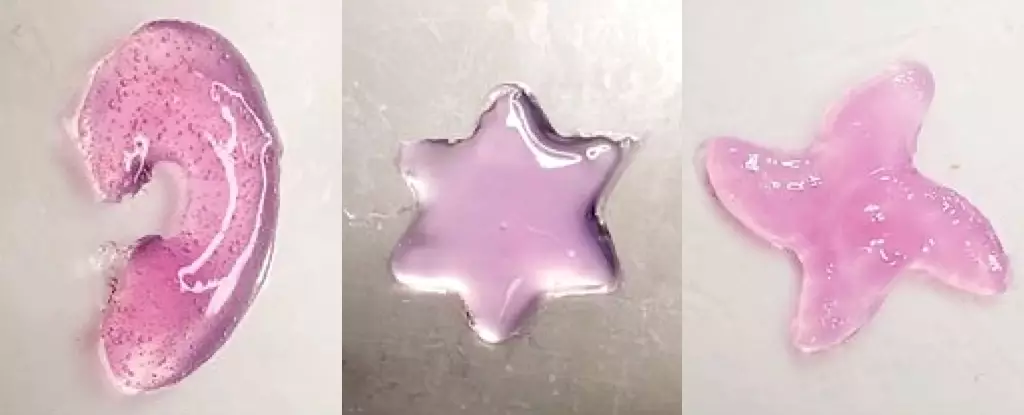Biomedical engineering is at a remarkable crossroads, opening doors to innovative techniques that could redefine how we approach medical treatments and tissue repair. Recently, scientists from the California Institute of Technology (Caltech) have unveiled a groundbreaking method called Deep Tissue In Vivo Sound Printing (DISP). This technology employs ultrasound to 3D print materials right within the human body, promising profound implications for drug delivery and regenerative medicine. By utilizing ultrasound, DISP allows for precise interior applications, reaching areas that traditional methods, like infrared light, could never penetrate.
How DISP Works: The Mechanism Unveiled
The core of DISP lies in its unique bioink, a specialized substance designed to interact seamlessly with the body. This bioink consists chiefly of polymer chains and crosslinking agents, which synergistically work together to form a hydrogel structure when needed. To control the onset of hydrogel formation, the crosslinking components are encased in liposomes—protective lipid-based particles that only release their contents when subjected to specific heat levels. At 41.7°C (107.1°F), these liposomes rupture, allowing for a carefully orchestrated hydrogel formation in targeted tissues.
This precision lends itself not only to innovative drug delivery but also to complex tissue repair, representing a potential paradigm shift in how medical professionals tackle injuries and ailments. The ability to sculpt three-dimensional shapes, ranging from stars to teardrops, in living tissue demonstrates DISP’s versatility and promises a multitude of applications in regenerative medicine.
Real-World Applications: A Closer Look
One of the most promising aspects of DISP is its ability to aid in tissue repair and drug delivery with remarkable efficacy. In animal studies involving rabbits, researchers managed to print artificial tissues as deep as four centimeters—an astonishing feat that could transform how chronic wounds are treated. By integrating live cells into the bioink before application, the healing process could be significantly expedited, granting the body a natural advantage in tissue regeneration.
Moreover, when tested on 3D cell cultures of bladder cancer, DISP excelled by delivering chemotherapy directly where it was needed most. A version of the bioink infused with doxorubicin was printed as a hydrogel, allowing a steady release of the drug over several days. This targeted approach resulted in a more pronounced reduction in cancer cells, surpassing the effectiveness of conventional drug injections.
In addition to its biomedical applications, the potential for conducting bioinks infused with carbon nanotubes or silver nanowires highlights DISP’s capability for technological integration as well. Such innovations could pave the way for the development of implantable sensors, transforming ordinary tissue into living biocompatible devices that monitor vital signals or even enhance the functionality of existing organs.
The Significance of Safety and Efficacy
Perhaps the most critical takeaway from this research initiative is the safety profile of the hydrogel and the bioink. No toxicity was observed, and any residual material remaining in the body is naturally filtered out within a week. This is crucial for gaining regulatory approval and ensuring patient safety—a central concern in biomedical advancements. With the potential for creating personalized and adaptive treatment modalities, these findings reinforce society’s need for innovative medical solutions that are safe and effective.
However, it is essential to highlight that while animal trials exhibit promising results, applications in human testing remain a formidable challenge. The complexities of human biology introduce a level of unpredictability, and transitioning from animal models to human subjects will require meticulous planning and ethical considerations.
Looking Ahead: A New Era in Medicine
As researchers like Wei Gao express optimism about the future of DISP, the medical community stands on the brink of a revolutionary change. The prospect of integrating 3D printing technology within the body opens the horizon for developing adaptive and patient-specific treatments that could ultimately improve quality of life and treatment efficacy. While the journey from laboratory to clinic is fraught with challenges, the innovations currently emerging signal a bright future filled with potential for lasting impact on healthcare and patient outcomes.


Leave a Reply